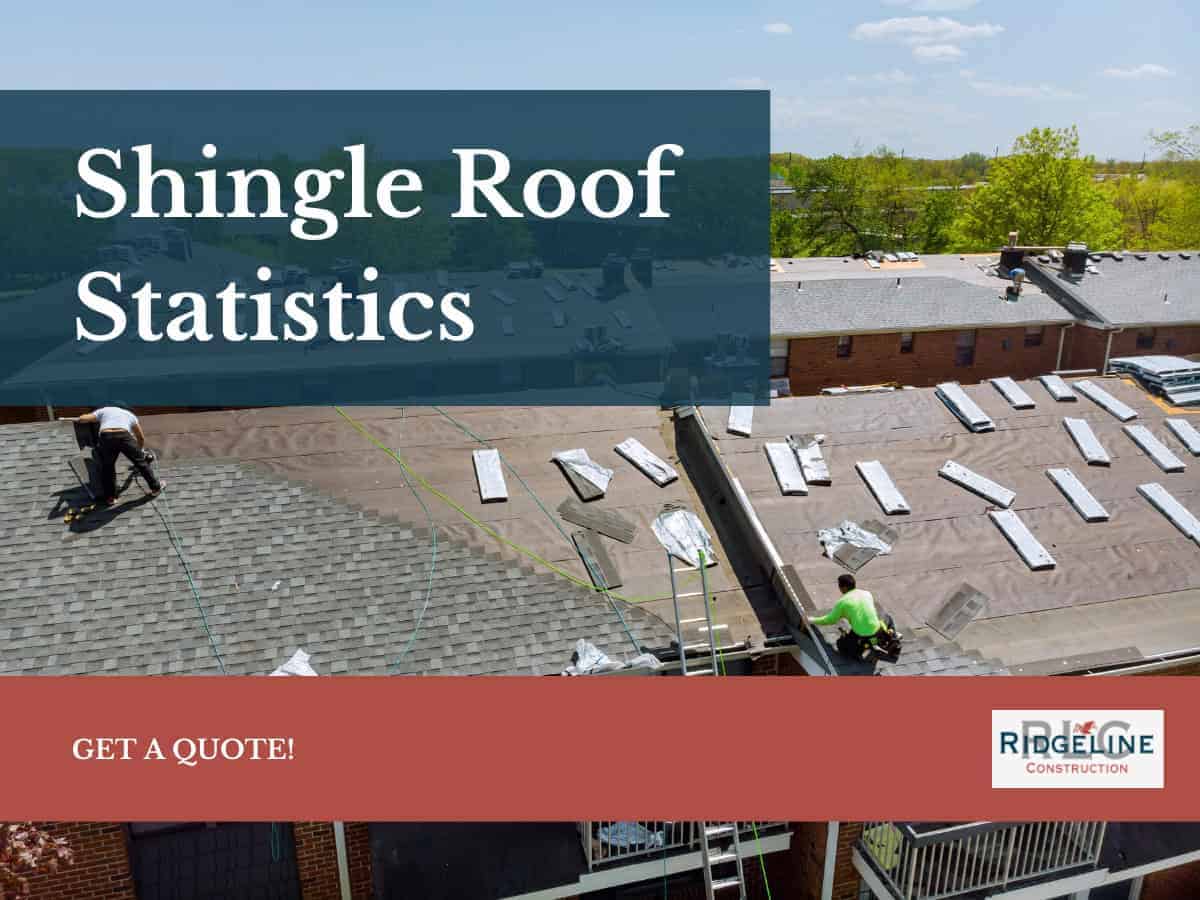Did you know roofing is crucial in creating a positive first impression for your home? A high-quality shingle roof enhances your home’s aesthetic appeal and boosts property valuation. These insights are just the beginning of shingle roofing statistics. In this post, we explore market growth and industry statistics, navigating through waves of figures and facts to bring you intriguing insights about shingle roofs. By delving into these statistics, we aim to comprehensively understand the importance and impact of a well-maintained shingle roof on your home’s overall value and appeal.
Importance of Shingle Roofing in Residential Construction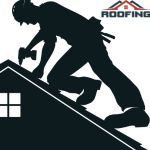
Shingle roofs have been a staple in residential construction for centuries, dating back to the 3rd century BC. Today, they continue to be one of the most popular roofing materials for homes across the globe. But what makes shingle roofs so essential in residential construction? According to studies, the roof accounts for nearly 40% of a home’s overall exterior appearance. This means that an attractive and well-maintained roof can significantly improve the curb appeal of your property, making it more appealing to potential buyers.
Moreover, shingle roofs come in various colors, textures, and styles, providing homeowners with endless design options to fit their personal preferences and complement their home’s architecture. These features make shingle roofs highly versatile and suitable for any home, from traditional to modern. Asphalt shingled roofs not only look good but also provide practical benefits. They are durable and can withstand harsh weather conditions, making them perfect for hurricane-prone regions. Easy installation and repairs make maintenance manageable and ideal for replacement and commercial roofing.
Regarding cost, shingle roofs are relatively affordable compared to other options like tile or metal. This makes them a popular choice for budget-conscious homeowners who still want a reliable and visually appealing roof over their heads. Furthermore, shingles have an average lifespan of 20-30 years but can last longer with proper maintenance. This longevity adds value to the home by providing long-term protection against the elements.
Shingle Roof Market Share
Shingle roofs are not merely a component of the roofing market; they are, in fact, the absolute dominant force! Extensive research highlights that shingle roofs command 60% of the residential roofing market. This dominance is attributed to their durability, cost-effectiveness, and aesthetic appeal, making them a preferred choice for homeowners across the globe. Their versatility in design and color also allows them to seamlessly blend with a wide range of architectural styles, further cementing their position as the top choice in residential roofing solutions.
Popularity of Asphalt Shingles
Roofing facts: Among the various types of roofing shingles available in the market, asphalt shingles hold a prestigious position as the reigning king. This popularity can be attributed to their incredible versatility, affordability, and resilience to various weather conditions, from scorching heat to cold. These qualities have made asphalt shingles the preferred choice for approximately 75% of homeowners seeking a reliable and cost-effective roofing solution that does not compromise on quality or performance in the asphalt roof industry and the shingled roof industry.
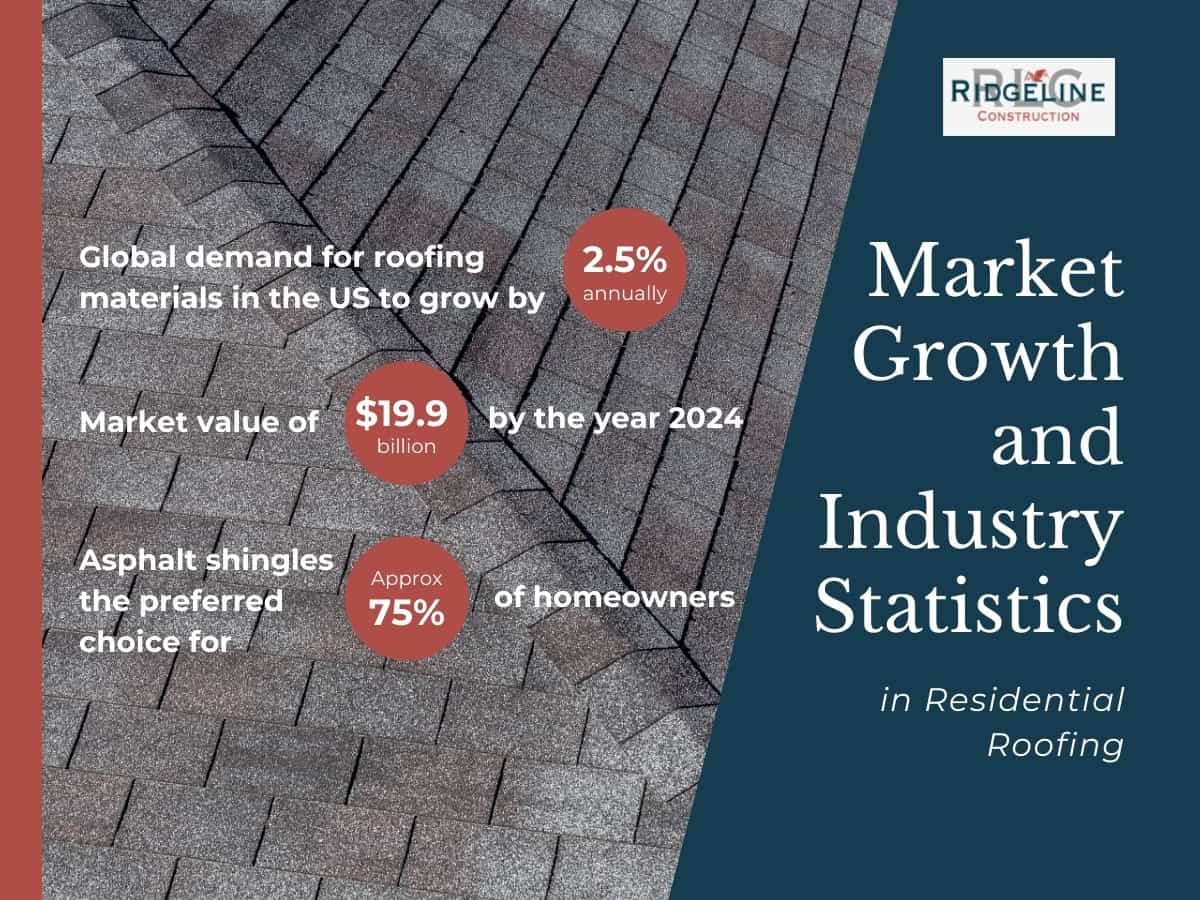
Market Growth and Industry Statistics in Residential Roofing
According to a report by the Freedonia Group, the global demand for roofing materials in the United States is anticipated to grow by 2.5% annually, with projections indicating a market value of $19.9 billion by the year 2024. This growth trajectory is fueled by multiple factors, including the nationwide surge in residential construction projects, the escalating need for roof replacements resulting from aging infrastructure, and the impact of severe weather conditions.
A noteworthy trend within this market is the prevalent utilization of asphalt shingles, which currently hold a dominant position, constituting more than two-thirds of all residential roofing materials employed in the United States. The enduring popularity of asphalt shingles transcends national borders, evident in their substantial market presence globally, with sales forecasts indicating a surge to $7.1 billion worldwide in 2023.
Facts and Data About Shingle Roofs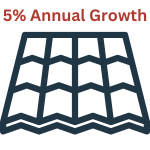
Asphalt shingles, a staple in the roofing industry for over a century, maintain their dominance in the market. Recent market research shows a steady annual growth rate of about 5%, reflecting homeowners’ unwavering trust in asphalt shingles as a top roofing choice.
Emphasizing the extensive presence of approximately 50,000 businesses in the U.S. roofing sector highlights the vastness and variety within this field and underscores its significant economic influence. This statistic strongly indicates the industry’s competitiveness, suggesting that these businesses offer various services and pricing strategies. Moreover, it means a strong demand for roofing services nationwide, encompassing repairs, maintenance, and complete roof replacements. Hence, this statistic serves as a testament to the flourishing state of the roofing sector in the American economy.
Variety of Styles
One of the critical reasons for the popularity of asphalt shingles is the wide range of styles and colors they offer. Homeowners can select from traditional three-tab shingles, dimensional or architectural shingles and designer options that replicate the appearance of materials such as slate or wood. With this extensive selection, it’s evident that asphalt shingles can accommodate various aesthetic preferences and complement the distinctive styles of diverse homes, including green roofs.
The Durability Factor
Let’s look at some fascinating longevity statistics within the roofing industry! On average, when professionally installed, asphalt shingles boast 25 to 30 years of durability, offering homeowners a reliable roofing solution. On the other hand, those opting for higher-grade materials, such as architectural shingles, can expect an even longer lifespan. These premium products promise a remarkable lifespan of up to 50 years, providing superior protection and enhanced aesthetic appeal to any home. This extended durability significantly increases the value of the investment, making it a wise choice for those looking to maximize the longevity and performance of their roofing system. Now, that’s what you call getting a return on your investment!
Besides the material used, several factors can influence the longevity of a roof.
Artistry plays a crucial role in the longevity of a roof. The proper installation by experienced professionals ensures its durability. Additionally, the underlayment, the roof’s waterproof layer, shields the interior in case of external damage.
Consideration of the local climate is vital for a roof’s durability. Factors such as temperature fluctuations, precipitation, and sunlight exposure can impact its lifespan. Light-colored roofs are preferred in sunny regions as they absorb less heat, unlike dark roofs that tend to wear faster in warm climates.
Regular maintenance practices like gutter cleaning, debris removal, and prompt repair of minor damages can significantly extend the roof’s lifespan. Adequate attic ventilation is essential as it helps regulate temperature and humidity, reducing strain on the roof and enhancing its longevity.
The roof pitch also plays a role in its durability. Steeper roofs effectively shed water and snow, potentially prolonging the roof’s life span. Moreover, exposure to overhanging branches and falling debris can gradually deteriorate a roof, leading to the need for a full replacement.
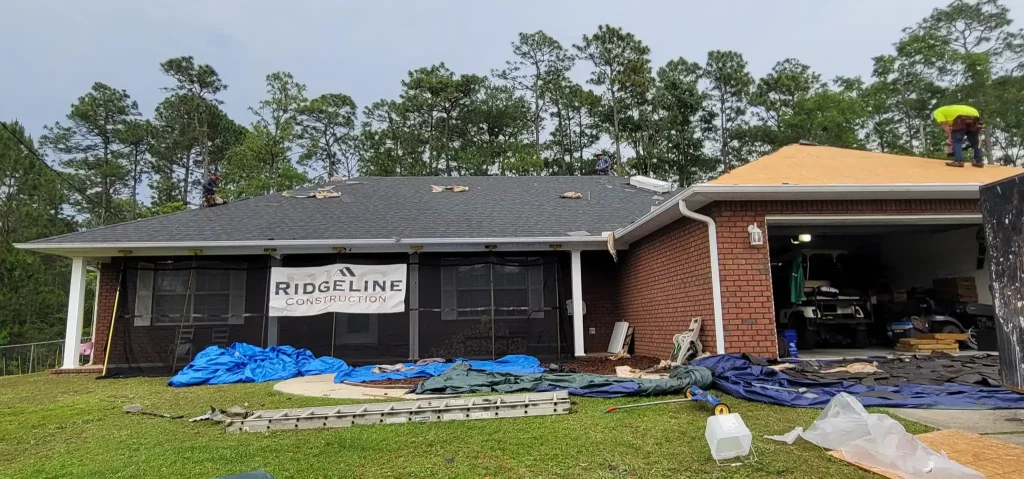
Recycling Asphalt Shingles
Did you know that asphalt shingles are recyclable? It’s an interesting fact that often goes overlooked, but nearly 10 million tons of these shingles are recycled annually. This recycling process not only contributes to a greener environment by reducing landfill waste but also allows for repurposing material in road construction, creating a sustainable cycle. This effort significantly aids in our fight against environmental degradation, making it a crucial practice for a healthier planet and sustainability.
Energy Efficiency
Shingle roofs are an integral component in enhancing your home’s energy efficiency. Opting for light-colored shingles can significantly reduce your home’s heat absorption. These specially designed shingles reflect sunlight instead of absorbing it, which can reduce heat absorption by as much as 20%. This helps maintain a cooler interior environment during the hot summer months and contributes to a noticeable decrease in your energy bills. Therefore, installing light-colored shingle roofs is a practical and effective way to protect your home from excessive heat while lowering energy costs.
In an era increasingly focused on energy efficiency and potential cost benefits, the forecast that energy-saving roofing materials will dominate around 56% of the roofing sector by 2026 demands careful consideration. The significant uptick in adopting these sustainable materials highlighted in this projection sets the stage for abundant opportunities for manufacturers and consumers alike. Manufacturers have the prospect of diversifying their product offerings to meet the escalating demand. At the same time, property owners can enjoy reduced energy expenses and increased property values due to thermally efficient roofs. This data sheds light on a crucial shift in the roofing domain that could transform its economic landscape and environmental footprint.
The Economic Angle
The shingle roofing industry is vital in bolstering the economy, with roofing costs at an estimated market value of $12 billion. It not only supports thousands of jobs directly but also benefits various sectors across the supply chain, from manufacturing to sales, installation, and maintenance. This industry’s substantial contribution underscores its importance in the construction and home improvement markets. Contractors can track this industry’s impact through a digital chart.
Climate Adaptability
The adaptability of shingles to different climate conditions is genuinely remarkable, showcasing their versatility and efficiency across various environments. For instance, asphalt shingles are not just a protective covering for homes in warmer climates. They come equipped with solar-reflecting granules, a sophisticated technology designed to reflect solar energy away from the building. This feature can significantly increase cooling costs by as much as 15%, making them an eco-friendly and cost-effective option for regions experiencing high temperatures. In the roofing market, metal roofing in the United States also offers similar benefits.
Demographics of Roofers
About 80% of global roofing business owners cite labor shortage as their primary challenge, underscoring the significance of industry data. This statistic reveals the struggle these proprietors face and sheds light on the intricate web of workers behind every sturdy roof. By emphasizing these labor issues, statistical analysis becomes a powerful tool for understanding the nuances of the roofing business.
In the United States, around 131,980 roofers earn a median wage of $47,920 in 2022. Here are some additional insights into the roofing contractors industry:
– Almost all roofers, 97.9%, are male.
– Among roofers, 56.8% are white, 28.9% are Hispanic, and 8.3% are black.
– The age range for most roofers is between 20 and 40, making up 61% of the workforce, with 37% over 40.
– Educational backgrounds vary, with 28% holding a high school diploma, 28% having an associate degree, and 25% possessing bachelor’s degrees.
– Experience levels also differ, with only 12% of roofers in the industry having 11 years or more.
– Approximately two-thirds of roofers work for companies with 50 to 500 employees, while 16% are employed by smaller companies with less than 50 employees.
The widespread prevalence and popularity of shingle roofs across countless homes are not merely a matter of chance. Their appeal lies in their compelling combination of versatility, durability, and economic advantages. These characteristics are supported by compelling statistics that paint a clear and convincing picture of why many homeowners favor shingles over other materials for their roofing needs.
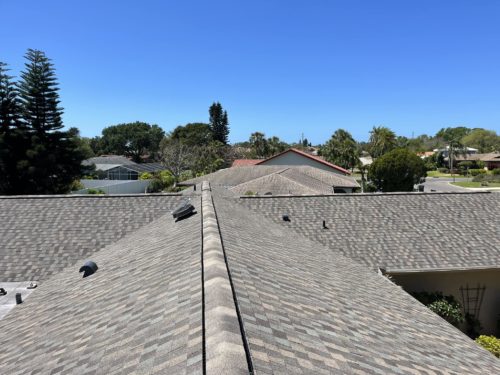
Shingle roofs are cost-effective and come in various styles and colors, allowing homeowners to customize their appearance without compromising on quality. Furthermore, their durability means they can withstand harsh weather conditions, from scorching heat to cold, making them a practical choice for almost any climate. Additionally, the economic benefits extend beyond the initial installation cost, including lower maintenance expenses over time.
So, whether you’re contemplating a new roof for your newly built home or simply exploring ways to enhance and optimize your current roofing system, it’s worth taking a moment to consider these shingle roof statistics more deeply. They could guide you towards making an informed decision that is smart, economical, and environmentally friendly, further adding value to your home and contributing to its aesthetic appeal.
Job

